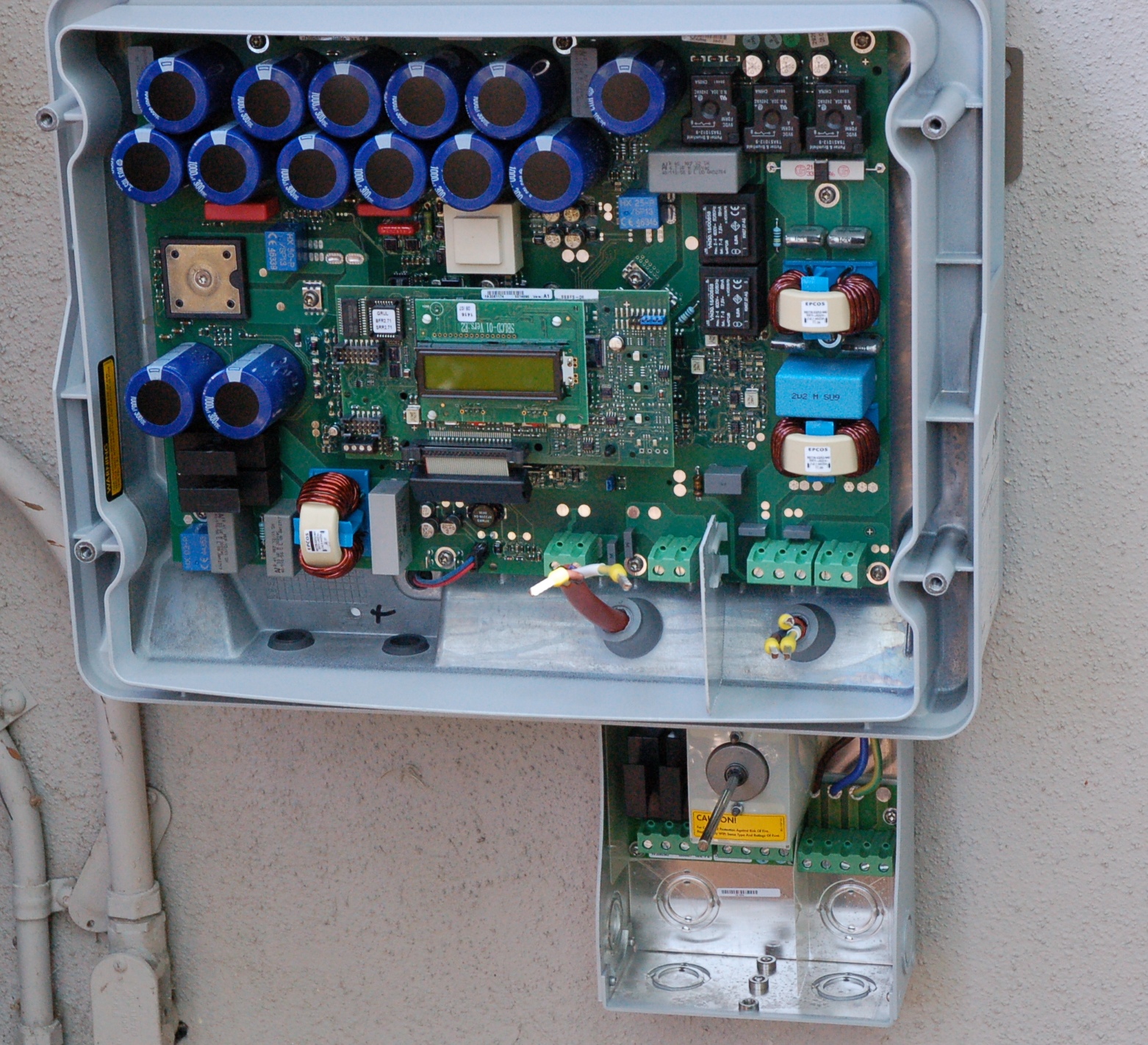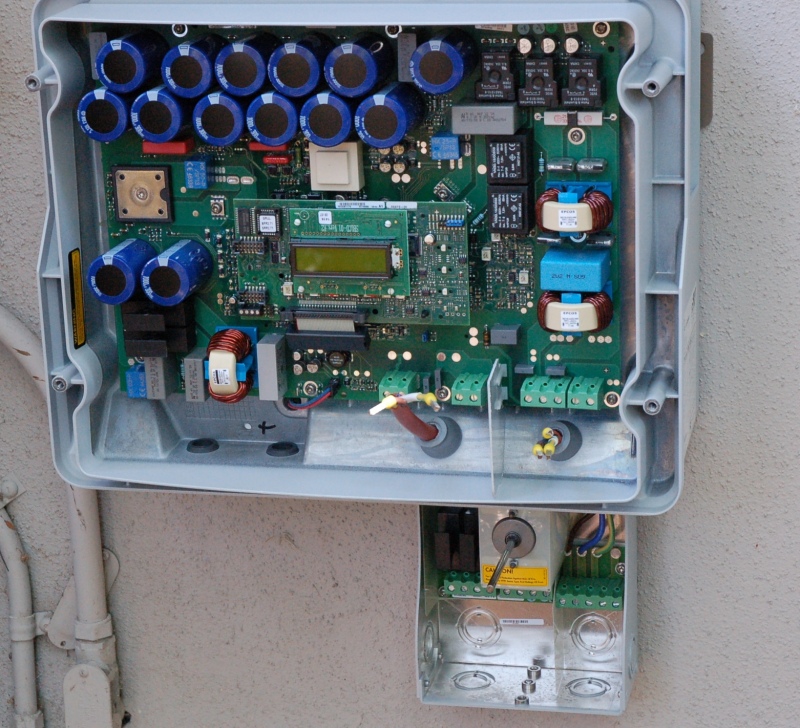
Components of Solar Inverters
Intro: What Is a Solar Inverter?
A solar inverter converts the DC electricity generated by photovoltaic (PV) panels into AC power compatible with the electrical grid or local consumption. It’s a vital Balance of System (BOS) component and includes functions like Maximum Power Point Tracking (MPPT) and anti‑islanding protection.
Core Functions of Modern Solar Inverters
Switching (DC → AC)
At the heart of modern inverters are semiconductor switches—most commonly SiC (Silicon Carbide) and GaN (Gallium Nitride) MOSFETs—known for superior efficiency and high-frequency performance. They support Pulse-Width Modulation (PWM) or Sinusoidal PWM (SPWM) control.
Traditionally, earlier systems used triacs or IGBTs, but today's designs prioritize lower conduction losses and thermal resilience.
Filtering & Waveform Integrity
To deliver clean AC power, inverter outputs pass through LC filters that reduce Total Harmonic Distortion (THD), generally maintained below 3% to meet grid standards.
Control & MPPT Systems
Modern inverters integrate DSPs or microcontrollers to:
- Execute MPPT algorithms—like perturb-and-observe or incremental conductance—to harvest maximum PV energy under variable irradiance.
- Manage grid-support functions such as reactive power support, droop control, and grid synchronization.
Safety Mechanisms & Certifications
Key safety features include:
- Anti‑islanding, which safely disconnects from the grid during power outages.
- Ground-fault detection and residual current monitoring—particularly critical in transformerless systems.
Standards typically met include UL 1741, IEC 62109, and IEC 61683. The original article (“Components of Solar Inverters”) provides a solid foundational explanation of the primary inverter functions.
Inverter Types & Architectures
Solar inverters come in various form factors:
- String/central inverters: Process multiple panel strings in parallel—commonly used in residential to utility-scale systems.
- Microinverters: One inverter per panel, offering per-module MPPT, higher shade tolerance, and modularity—but at a higher initial cost.
- Hybrid inverters: Combine PV, battery, and grid management for energy storage and backup capabilities.
Advanced Architectural Enhancements
The latest inverters may feature:
- Grid-forming and grid-following capabilities, enabling integration with energy storage and virtual inertia functions.
- Soft-switching, multi-level topologies (e.g., three-level inverters) for enhanced efficiency and reduced switching losses in high-power applications.
- Smart connectivity, including remote monitoring, firmware updates, and integration within home energy systems.
 Inverter components
Inverter components
Table overview Inverter components
| Component | Description & Latest Advances |
|---|---|
| Switching Devices | SiC/GaN MOSFETs for high-efficiency, high-frequency conversion |
| Filters | LC filters to ensure THD rates <3% |
| Control & MPPT | DSP-based MPPT (P&O, Inc. Cond.) and grid support features |
| Safety Systems | Anti‑islanding, ground-fault detection, compliant with UL/IEC standards |
| Form Factor Types | String, micro, hybrid inverters tailored for specific use cases |
| Advanced Topologies | Three-level/soft-switching designs, smart grid integration, remote diagnostics |
For more detailed information visit https://www.mpptsolar.com/en/how-does-an-inverter-work.html
